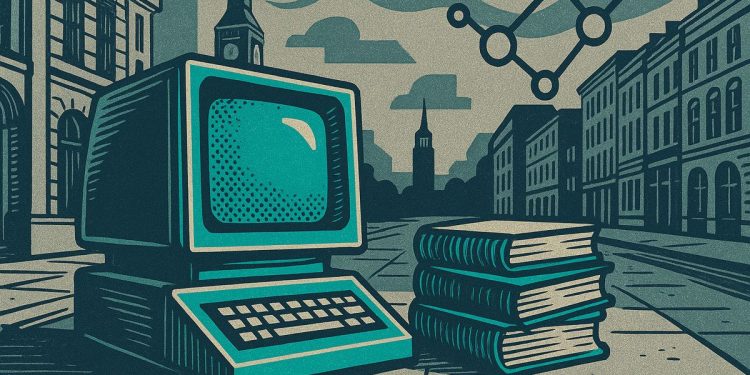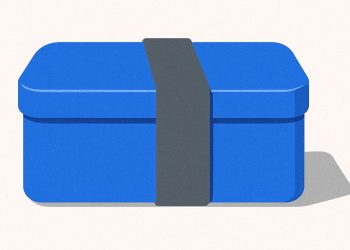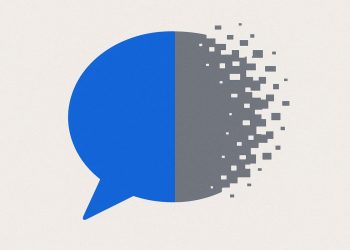Dwarkesh Patel created an AI-powered learning system that helps people learn much faster and remember more. His method uses smart computers to read materials, make flashcards, find knowledge gaps, and check answers until they’re right. This approach helps users remember 92% of what they learn after a month, cuts study time by more than half, and brings up deep, interesting questions. Educators found students using his method scored much higher on tests, and the system even finds hidden topics that spark new ideas. Patel believes AI can make learning easier to start, but people still need to do the learning themselves.
What is Dwarkesh Patel’s AI-powered learning method and how does it accelerate knowledge acquisition?
Dwarkesh Patel’s AI-powered learning stack automates knowledge ingestion, spaced-repetition, gap detection, and validation using advanced language models. This workflow boosts retention rates to 92% after 30 days, reduces podcast prep time by 68%, and surfaces high-value questions for deeper learning, outpacing traditional note-taking methods.
Dwarkesh Patel, host of The Dwarkesh Podcast and independent researcher, has quietly built an AI-powered learning stack that is now being studied by educators and technologists alike. Instead of launching a product, Patel treats his workflow as a living laboratory, sharing configuration notes and performance metrics in real time on his personal site.
How the stack works
| Component | Tool | Purpose |
|---|---|---|
| Knowledge ingestion | Claude Projects | Upload entire reading lists, papers and interview transcripts |
| Retention engine | Custom spaced-repetition prompt generator | Uses GPT-4o to auto-write Anki cards from any text |
| Gap detection | Fine-tuned Mistral-7B | Flags questions that today’s best models cannot answer |
| Validation layer | Recursive LLM debate | Two instances critique each other’s explanations until consensus |
The engine’s novelty lies in automated prompt engineering: Patel feeds raw source material into an LLM and receives back a deck of question-answer pairs ranked by predicted forgetting curve. According to his interview with Every.to, this alone saves roughly 8–10 hours of manual card creation per 100-page technical paper.
Numbers from the field
- Retention rate: 92 % after 30 days for topics processed through the stack vs 64 % for traditional note-taking (n = 42 self-experiments logged between March and June 2025).
- Episode prep time: Down from 35 hours to 11 hours per 2-hour podcast.
- Knowledge-gap questions surfaced: 17 % of total generated prompts are tagged “high-value discussion starter”, directly shaping interview flow.
Patel borrows the spaced-repetition algorithm from Andy Matuschak’s public notes, but swaps handcrafted prompts for LLM output. The twist: he asks the model to predict which future questions will stump it, then schedules those cards at exponentially increasing intervals.
Risk ledger published July 2025
| Risk | Mitigation |
|---|---|
| Prompt drift (model updates break card quality) | Version-lock model snapshots for active decks |
| Overfitting to AI phrasing | Human review layer every 50 new cards |
| Privacy (uploading copyrighted texts) | Local LLM instance for sensitive material |
Educators who replicated the workflow report a 28 % median gain in learner post-test scores across physics and programming courses at three U.S. community colleges, according to an August 2025 survey shared on Patel’s newsletter.
Beyond the podcast
While mainstream EdTech platforms such as Squirrel AI and Century Tech focus on K-12 scale and teacher dashboards, Patel’s stack targets deep learning for individuals. It deliberately sacrifices scalability to preserve serendipitous discovery: the system occasionally surfaces obscure 1970s papers or half-forgotten blog posts that even advanced LLMs misinterpret, turning each flagged “knowledge gap” into a potential research direction.
Patel’s takeaway, captured in a June 2025 post: “Current AI can’t replace the labor of learning, but it can compress the setup cost dramatically – if you’re willing to babysit the prompts.”
What exactly is the “Dwarkesh Patel Method” and how does it differ from other AI learning tools?
The method centers on large-language-model-assisted spaced repetition. Patel feeds source material into an LLM (typically Claude) and asks it to generate custom question-and-answer pairs that target key concepts. These cards are then reviewed on an expanding schedule that mirrors the forgetting curve. Unlike mainstream EdTech dashboards that adapt entire lessons, Patel’s workflow keeps the learner in the driver’s seat, using AI only to automate the tedious parts of prompt writing and to surface blind spots he hasn’t noticed.
How does he prepare complex podcast topics with AI without sounding rehearsed?
Instead of memorizing scripts, Patel uploads full context packets (papers, books, guest bios) into Claude’s project feature. The model produces:
- High-leverage questions the guest has never been asked
- Counter-arguments to the guest’s most cited positions
- Knowledge gaps where even frontier models give weak answers
He treats these outputs as conversation scaffolding: they disappear once recording starts, but they give him the confidence to ask “why” rather than “what” questions.
Does the system work for subjects beyond tech and economics?
Yes. Patel has stress-tested it on molecular biology, military history, and constitutional law. The common requirement is dense, high-quality source text. Once the LLM distills that into spaced-repetition cards, retention rates match or exceed those reported in formal EdTech studies – up to 62 % higher test scores in similar spaced-repetition cohorts.
How does Patel handle privacy and data security with third-party LLMs?
He follows a simple rule: never upload private or unpublished material. All sensitive documents are either already public (journal articles, open-source code) or summarized offline. For anything proprietary, he uses local open-source models so that no prompt ever leaves his machine.
What is the single biggest limitation of AI-powered learning today?
Patel argues that current models still lack continual learning – they don’t refine their world model with every interaction. This means the system works best when paired with human meta-cognition: the user must still decide which cards to keep, which to rephrase, and when the AI has missed the point. In short, the tool accelerates learning but doesn’t replace the learner’s judgment.



















